Marketers have many things to be thankful for.
At the top of that list is social media.
Of course, Facebook has captured a significant share of the social networking landscape.
The sheer power that a marketer on a small budget has nowadays is simply incredible.
And it’s mainly due to social channels like Facebook.
Make no mistake: generating sales is still a tough job.
It used to be an expensive job too.
But times have changed.
Now it’s less about large budgets and more about marketing savvy.
In fact, you can drive sales for your business on Facebook with an entirely organic strategy.
No money needed.
No Facebook ads necessary.
Considering that the top priority of 70% of marketers is to convert leads to customers, I’d say that’s a pretty good deal.
By the end of this post, you’ll have some powerful strategies to double your sales without having to spend a dime.
Let’s begin.
1. Create content for each stage of the buyer’s journey
Quick question:
What is your process when you buy a product online?
Do you immediately make the purchase or do you conduct research first?
My guess is, you do a whole lot of research.
You’re not alone.
More than 80% of shoppers research online before buying a product.
Just take a look at the information gathering process for a few industries:
That’s a lot of information to sift through!
The path that you take from pinpointing your problem to making a final purchase decision is called the buyer’s journey.
And guess what?
Your prospects on Facebook go through the same path.
So if you’re not considering your buyer’s journey when creating content, you’ll be at a massive disadvantage.
There are three stages in the buyer’s journey.
- Awareness
- Consideration
- Conversion
You can also go beyond the sales funnel.
Include a final stage where buyers become brand loyal.
This is where you’ll work towards improving your retention rates and increasing the lifetime value of each customer.
Later, when I give a strategy for upsells and cross sells, the loyalty of your existing customers will be tested.
So this is a critical stage.
Now, to generate sales you need to focus on the conversion stage, right?
Nope.
That’s not how it works.
Your focus should be on all three stages.
Why?
The sales process is a holistic one.
You want your customers to have a frictionless journey through your Facebook sales funnel.
This means that you need to start priming your audience for purchase at the very beginning of the buyer’s journey.
As such, you should create content for each stage. This will help prospects move through your funnel seamlessly.
How do you know what content is appropriate for each stage?
You first have to define your buyer’s journey.
Consider all your offers.
Then, map the path that customers would take as they navigate through each stage.
Here’s what that process typically looks like.
- Prospects discover they have a problem.
- They find your solution.
- They evaluate all their options by considering the benefits of your solution.
- They compare your solution to others out there.
- They make a final purchase decision.
Your goal is to figure out the details of each of these steps.
To help you with that, here’s what the buyer’s journey looks like from the marketer’s perspective:
When you have that insight, you can then come up with content ideas that are going to help prospects through each phase.
That’s not too complicated, right?
Here are some examples of content for each stage of the buyer’s journey:
2. Use product-specific groups to upsell or cross sell existing customers
Facebook groups need no introduction.
Ideally, you should already have groups dedicated to paying members of your products, programs, or services.
If you don’t, I recommend that you get that sorted out.
The best time to get customers to join a group is immediately after a purchase. It will be tricky to put a group together long after customers have made a purchase.
You may have to incentivize them to join.
With that said, let’s jump right into upsells and cross sells.
What are they?
An upsell is where you entice existing customers to purchase a more expensive product or service.
A cross sell is where you sell a different product to an existing customer.
They both serve as profit maximizers.
Why bother with them?
A few reasons.
- To increase your profits and revenue.
- To increase the unit of sale for each customer. This is a critical business growth needle.
- To increase your customer lifetime value.
Why do cross sells and upsells work so well?
It’s simple.
It’s infinitely easier to convert an existing customer than it is to convert a new prospect.
In fact, the probability of converting an existing customer is 60 to 70%.
Here are some strategies to use for upsells and cross sells.
Help customers achieve a transformation quicker. Your goal should be to help customers get past their pain points quickly.
Not only will it validate that your product or service works, but your customers will have a better experience overall.
The result?
A happy customer will be way more receptive to additional offers.
Here’s how you can speed the transformation process along.
- Offer support sessions where you provide personalized feedback for implementing your solutions.
- Have group coaching sessions.
- Set up accountability partnerships within your groups. Pair group members who are in a similar stage so they can move each other along.
- Host live Q&As in your group to answer your customer’s burning questions.
Customize your offers as much as possible. Present your profit maximizers at the exact time that your customers need it.
Naturally, every customer will be at a different milestone. This means that you have to segment your audience for the best results.
Why is this necessary?
It’s important that you provide a personalized experience for your customers.
A Forrester report revealed that 77% of consumers have “chosen, recommended, or paid more for a brand that provides a personalized experience.”
Personalizing cross-sell and upsell offers is also about getting your timing right. Your customers will be easier to convert if they get the right offer and the right time.
Don’t be afraid to ask for the sale. You don’t have to beat around the bush with your existing customers.
Be assertive and ask for the sale.
Bare in mind, there’s a fine line between being assertive and being sleazy. Don’t throw a bunch of promotional offers at your customers hoping that they’ll bite.
Tailor your offers to their needs, and they’ll respond favorably.
3. Crowdsource decisions related to a new product launch
Crowdsourcing isn’t something that is reserved for massive campaigns.
You can put it to work within your Facebook audience.
What’s the idea behind crowdsourcing?
Essentially, you’re calling on your audience to help you decide on some aspect of your business.
Think about it.
Your audience is in the ideal position to give you suggestions and feedback.
They’re the ones on the receiving end of your marketing efforts. They know what works and what doesn’t.
Do you have any new products or service bundles in queue?
Involve your Facebook audience.
Ask your fans to help you make some critical decisions.
Like this:
Here are some more examples of the decisions you may pool their support for.
- Finalize the modules for a new online course.
- Decide on creative elements like a color scheme, font, or logo.
- Come up with product variations.
- Name a new product.
How is this going to increase sales?
For one, it will positively affect your engagement rates.
The effects of increased interaction on your page will have a domino effect on your sales.
Also, if your audience is involved in the creative process of a new product, it means they’re emotionally invested.
And at that point, you may as well call them your customer forever.
Why?
The emotional side of the brain is where purchase decisions are made.
We only use logic to rationalize our decisions after the fact.
If you can get prospects to connect with you or your brand on an emotional level, you’d have a superpower on your hands.
Here are a few statistics that show how emotions influence buying:
4. Have exclusive offers to create urgency
Have you ever wondered what has the biggest influence on a sale?
Is it price? Features? Benefits?
I’m sure each of these has a little to do with it.
But if I were a betting man, I’d put my money on urgency.
Nothing drives a sale quicker than the fear of missing out on a good offer.
That’s a real thing. It’s called FOMO.
56% of social networkers are afraid of missing something important like status updates and news.
And that’s what you tap into when you create urgency.
How can you do it?
Here are a few ways.
- Time sensitive offers.
- Limited quantity offers.
- A combination of limited time and quantity offers.
- One-time only offers.
These offers could be discounts or bonuses. You have the creative license here.
Either way, it’s an effective strategy to get people to make a purchase decision right when you want them to.
You can use some additional strategies to ensure that your audience acts on your offer.
- Emphasize the time sensitive nature by defining the period that your offer is available.
- Include a powerful call to action which highlights the benefits of the offer.
- Don’t complicate your offer. It’s important that your audience is clear about what they’re receiving.
In the end, prospects will be compelled to buy. But that’s only if they feel like they won’t get another chance to get in on the deal.
Urgency is just one of the many psychological switches that you need to tap into to increase your sales.
5. Add a custom store on Facebook
I bet you didn’t know that you could set up shop right on Facebook.
For those who sell physical products, this is an excellent feature.
If you have a Shopify store, you can integrate with your Facebook page. The integration allows you to import your products using the Facebook store app.
Here’s an example:
Customers can refine the details of their order and check out on your website.
Is Shopify your only option?
Not at all.
Many ecommerce online store builders like Bigcommerce integrate seamlessly with Facebook.
You can then have a Facebook storefront where you market your products and generate sales from within your Facebook page.
6. Use Facebook bots to interact with your audience
Messenger bots are the new hotshots on Facebook.
Only a few months after the feature was introduced, more than 11,000 bots were created.
The number has more than tripled by now and is likely going to gain a lot more traction.
49.4% of people surveyed revealed that they prefer communicating with a business via a messaging application.
That’s a big deal if you ask me.
So, what exactly is a bot?
In essence, chat bots are computer programs.
They have the incredible ability to speak to your audience like an actual human being.
They do so through the Facebook messenger platform.
What are the benefits of bots?
- They’re fun for end users to interact with. Your bot can have a distinct personality.
- Your Facebook fans are spending a lot of their time on messenger. This is the place to go to capture their attention.
- Those who’ve had the first movers advantage with chatbots are seeing great success. It means you can do. This is a relatively new feature so you can still be an early adopter.
- Chatbots allow you to provide higher quality customer service. You can program your bot with frequently asked questions and answers. This means that customers can get instant replies to their queries.
It may take some time and investment to make your chatbot come alive.
But I think it’s well worth it.
Decide what your bot strategy will be. It can be customer service, lead generation, product sales, customer research, or anything you want it to be.
You can use your bot for multiple business goals.
Based on your objectives, you can then craft compelling Messenger sequences for your chatbot.
Note: you may have to seek specialized help to get your bot up and running if you’re not too tech savvy.
7. Capture as many leads as possible
Every sale begins with a lead.
This means that the more leads you can capture, the more sales conversions you can make.
If you don’t have a consistent stream of quality leads coming through your permission marketing funnel, you’ll soon have a major problem on your hands.
“Quality” is an operative word here.
If your leads aren’t targeted and qualified, they won’t move any crucial growth needles for your business.
The encouraging news is, marketers recognize that. 83% are focusing on lead quality over quantity.
Here are some lead generation strategies for Facebook.
Set up a landing page offering a valuable piece of content. In exchange for this content, you can ask for emails or other personal information.
Facebook allows you to add landing pages on your business page. This way you don’t have to redirect your Facebook fans out of the platform.
You can also create a custom tab on your page for email capture forms. This serves the same purpose as a landing page.
Host webinars. Webinars are not only an excellent way to capture leads but to make sales as well.
Your Facebook fans can attend these webinars to get valuable information. If you do this right, you’ll no doubt convert some customers.
I recommend creating an event on Facebook for your webinars. This will increase the visibility, so more people will attend.
8. Host weekly Facebook live videos
I’m sure of one thing.
Your audience wants to interact with you. They’re just waiting for you to start the conversation and engage them.
And there’s no better way than with live video.
It’s seems that marketers agree. 83% said that they’d like to create more videos than any other type of content.
But I think we’d all agree that there’s a special ambiance to going live that traditional video doesn’t have.
It’s such a simple feature with robust capabilities. You can go live on Facebook at the click of a button.
It doesn’t get any easier than that.
What can live videos be used for?
- Host webinars.
- Have weekly Q&As.
- Host interviews.
- Teach workshops or classes.
- Promote a new product launch.
- Feature thought leaders or influencers in your niche.
- Highlight customer success stories.
These are just a few options. You can be as creative as you like.
Conclusion
Facebook can be a remarkable sales tool.
An inexpensive one at that.
Sure, if you’ve got the spending power to invest in paid campaigns, go for it.
If you know what you’re doing, you’ll be investing good money.
But if you’re a small scale marketer, you may be working with a small budget.
That isn’t a problem at all.
You can still generate sales for your business.
All it takes is a time commitment to execute the right strategies. I shared some of the best ones with you in this article. Use them, and see your sales go through the roof.
What techniques are you using to drive sales on Facebook?

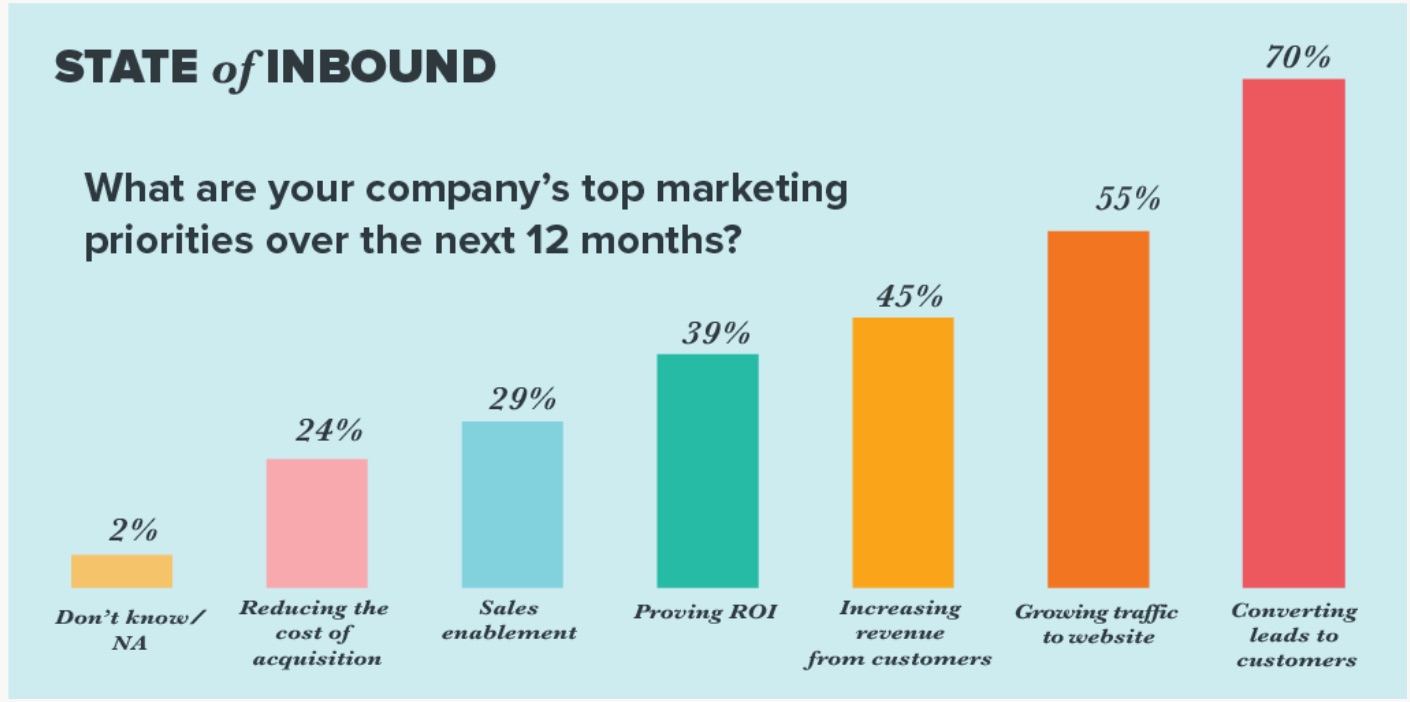
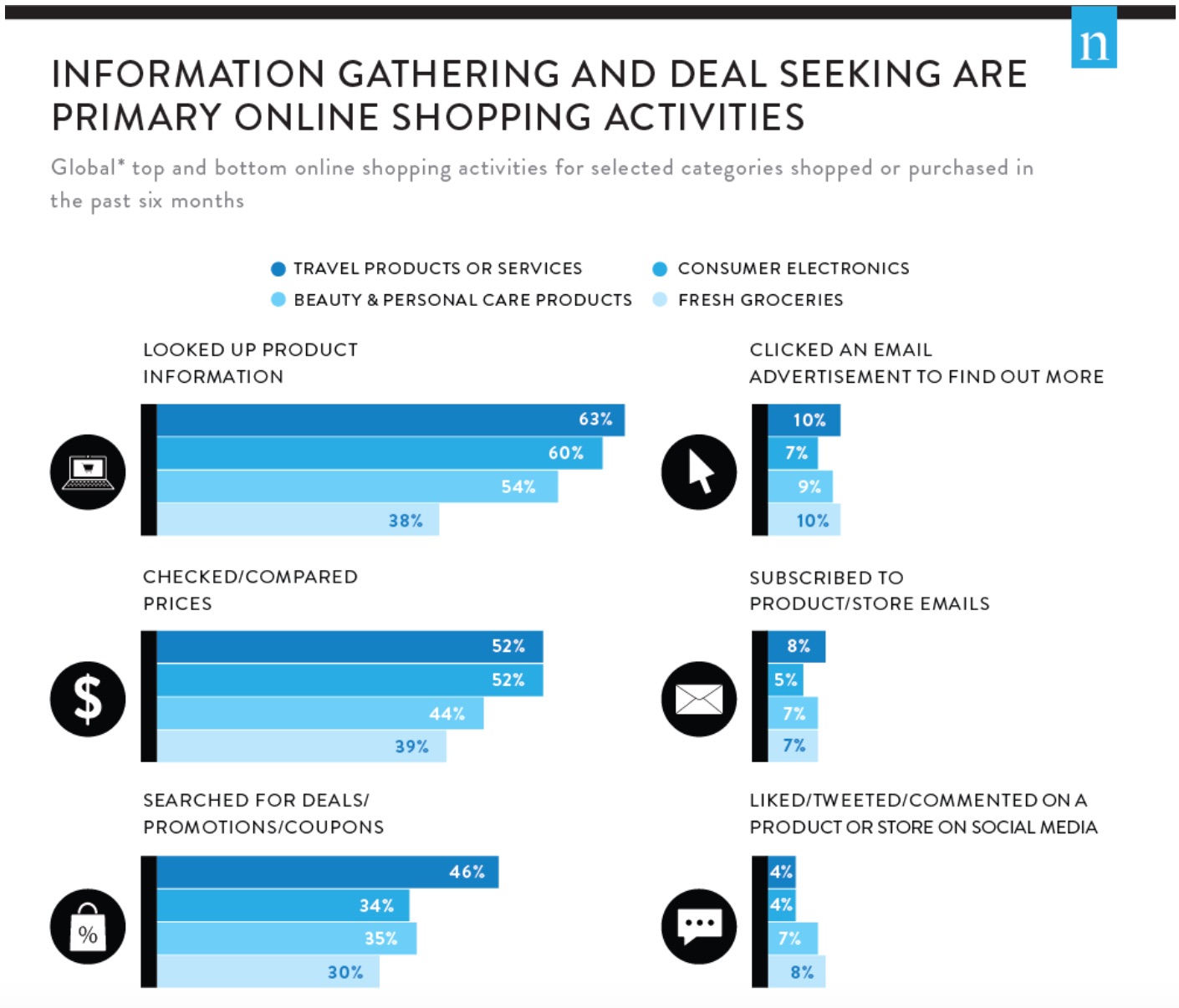
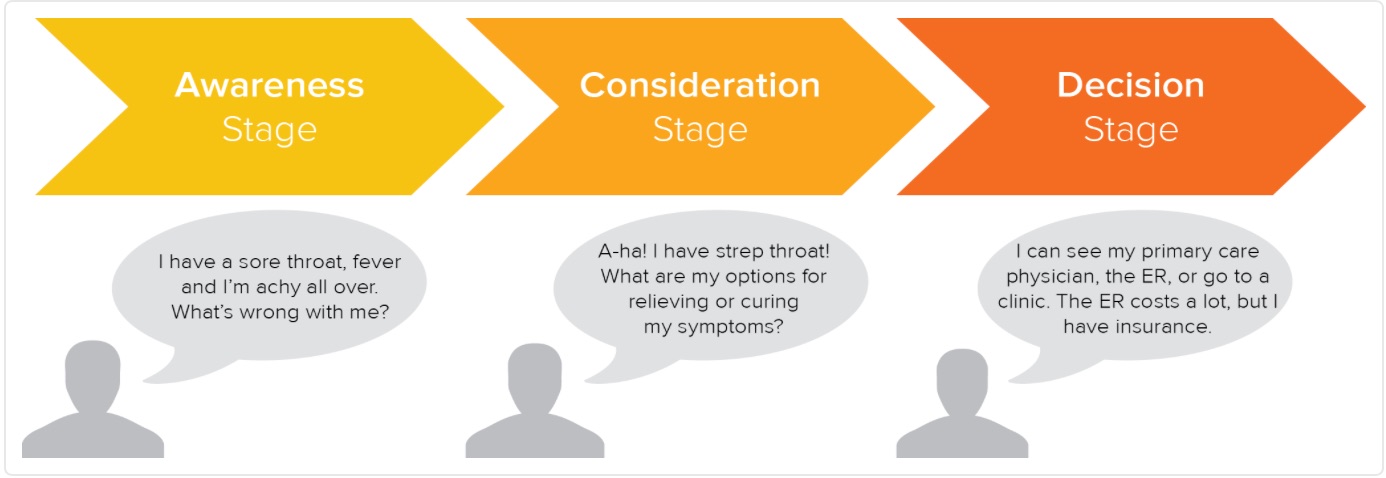
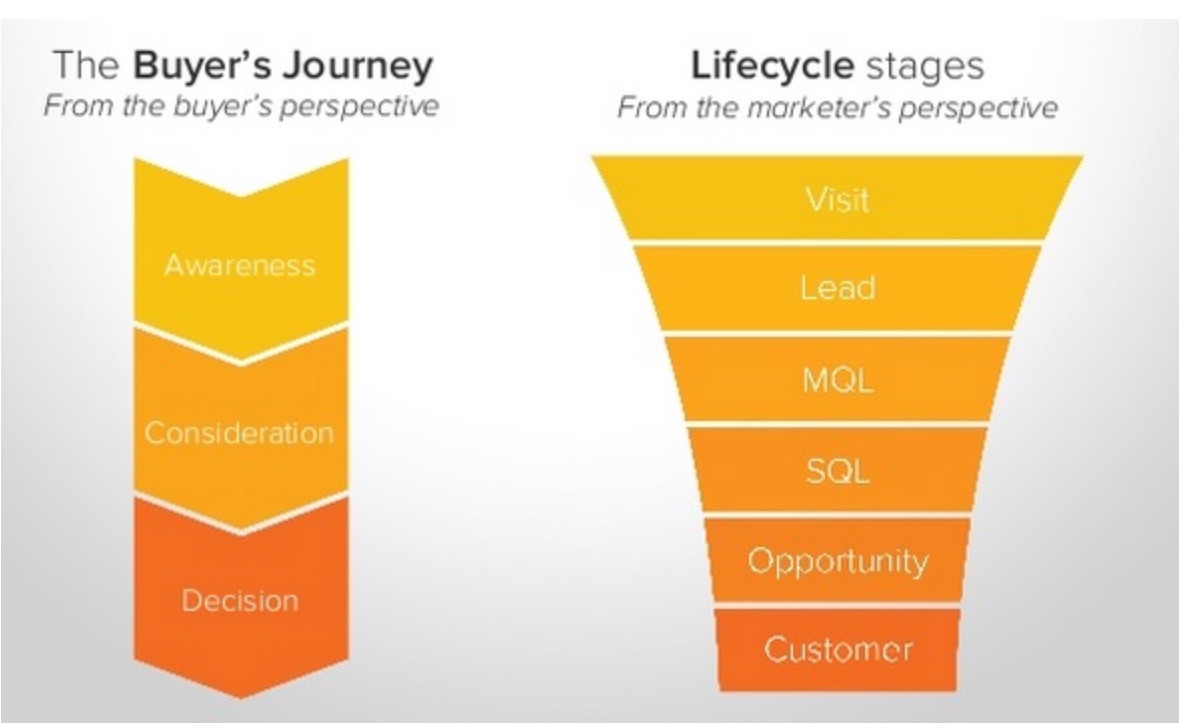
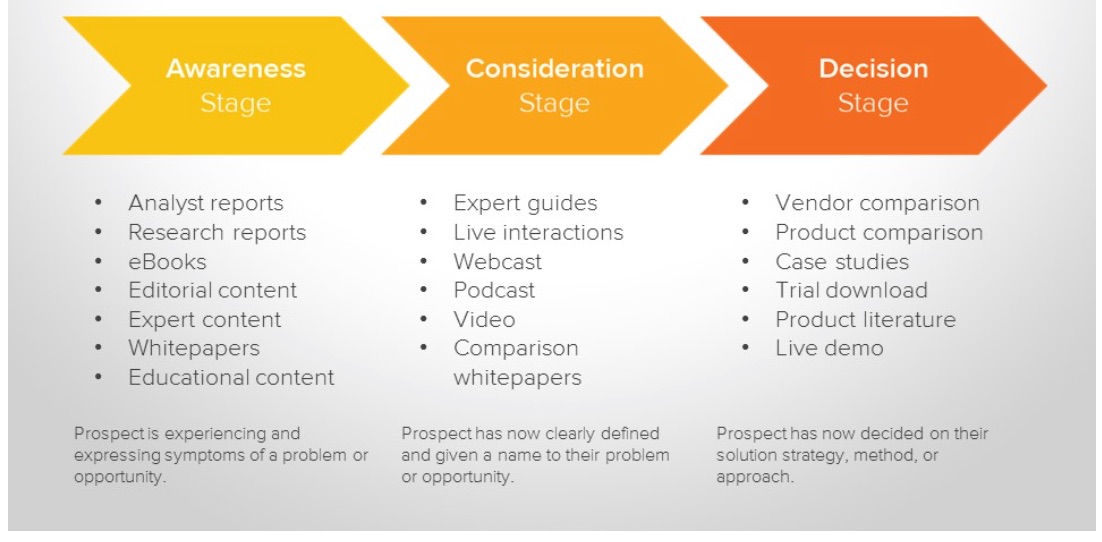
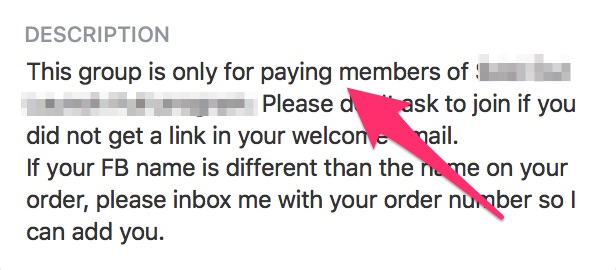
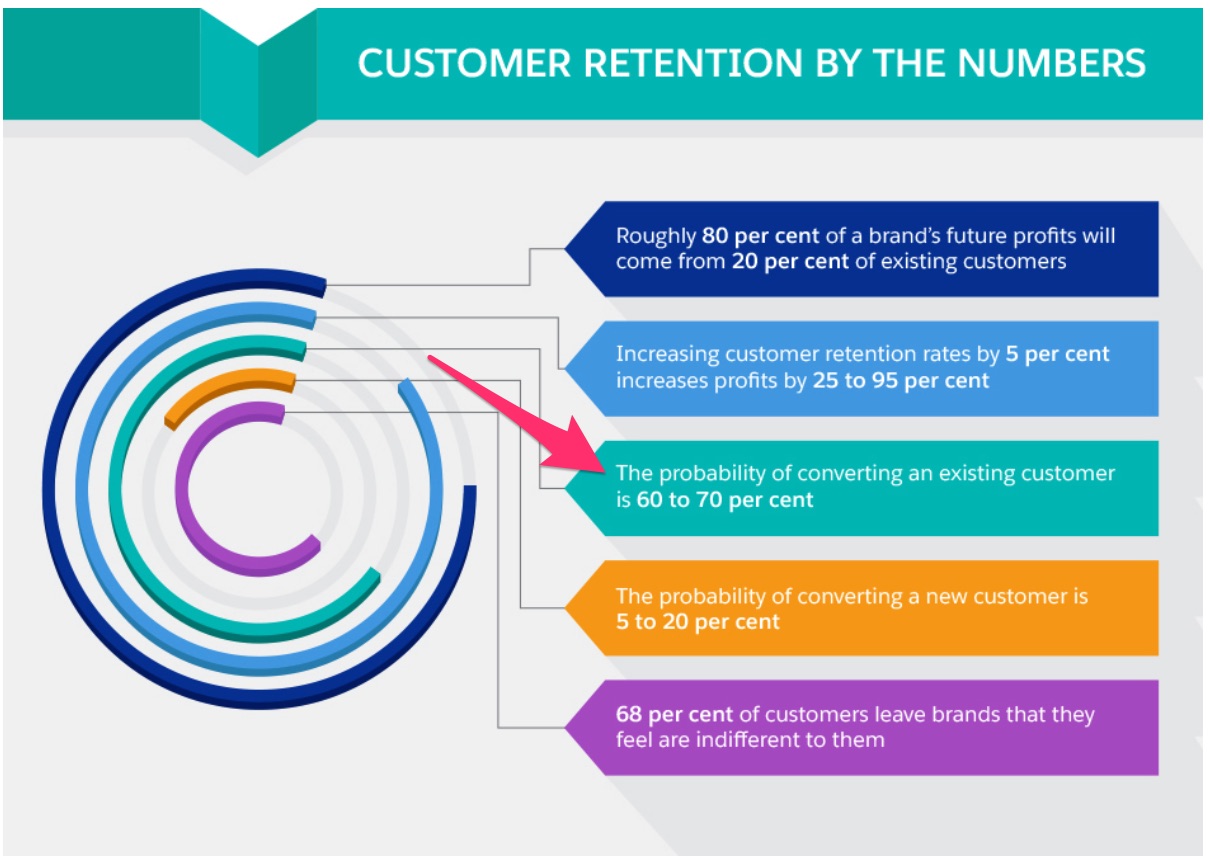
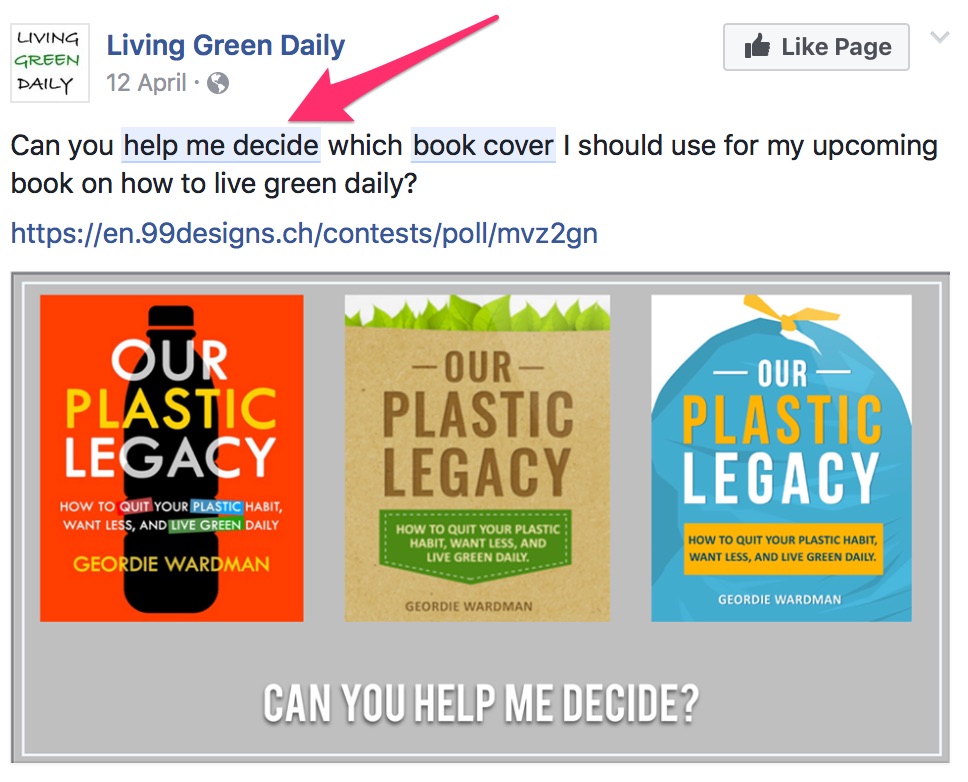

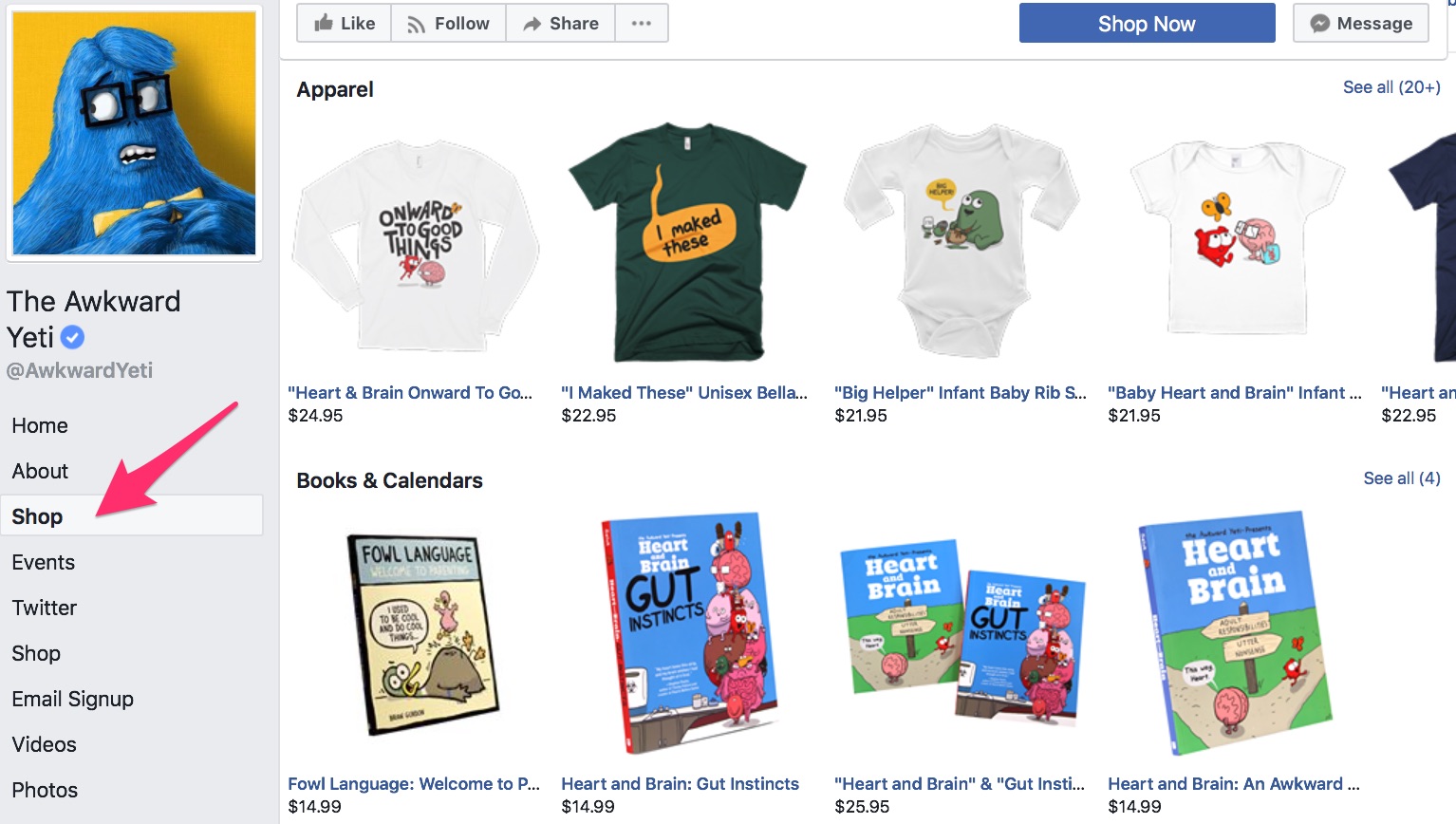
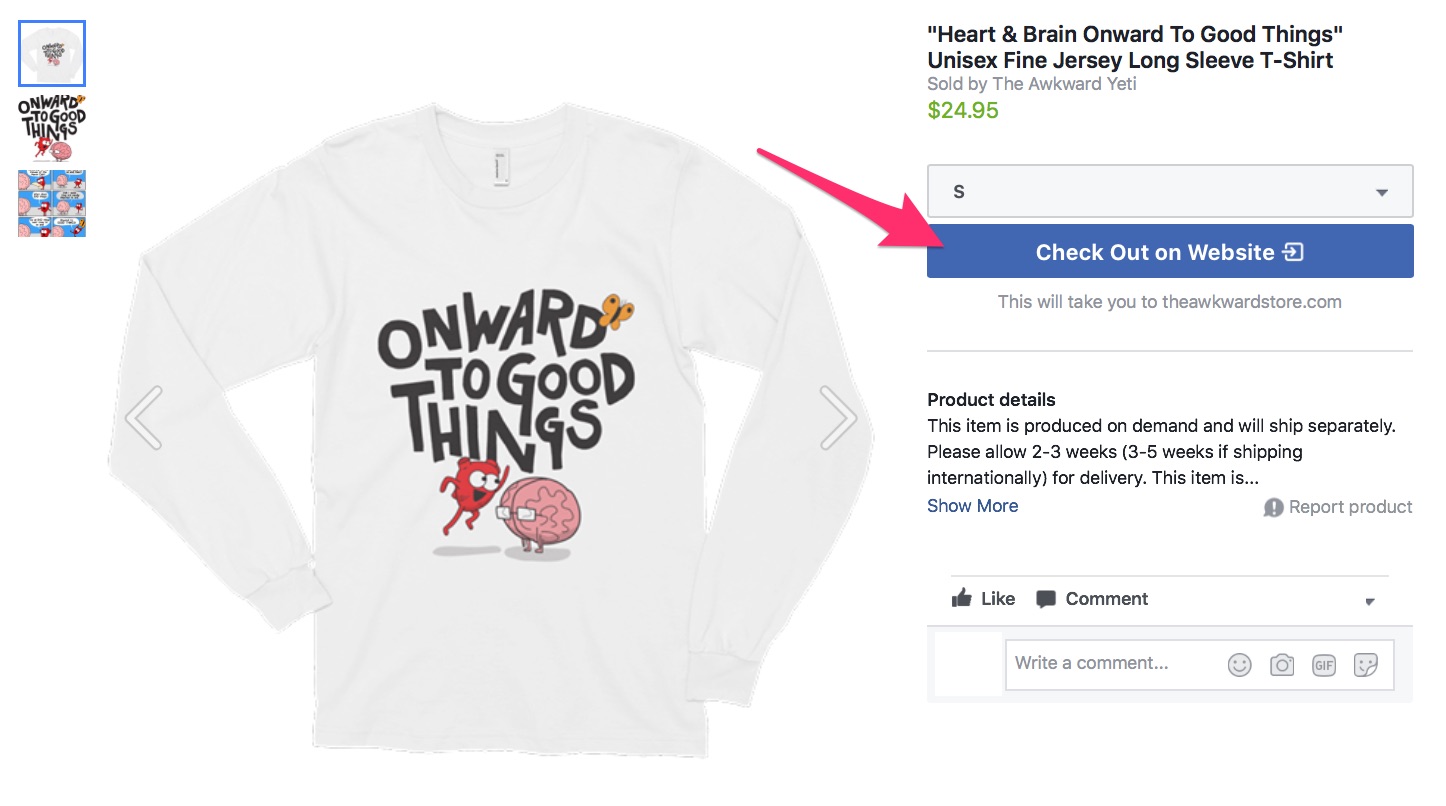
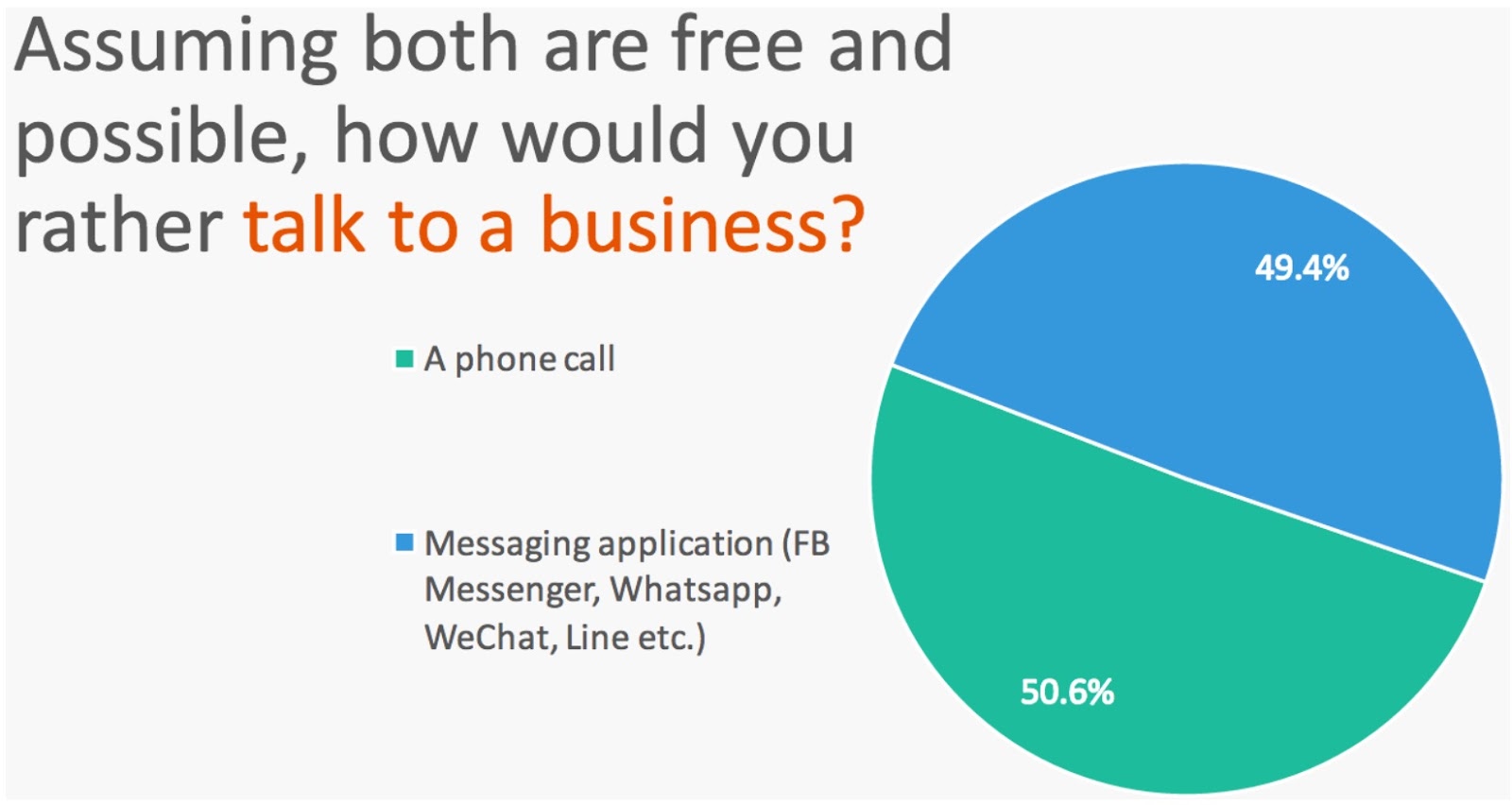
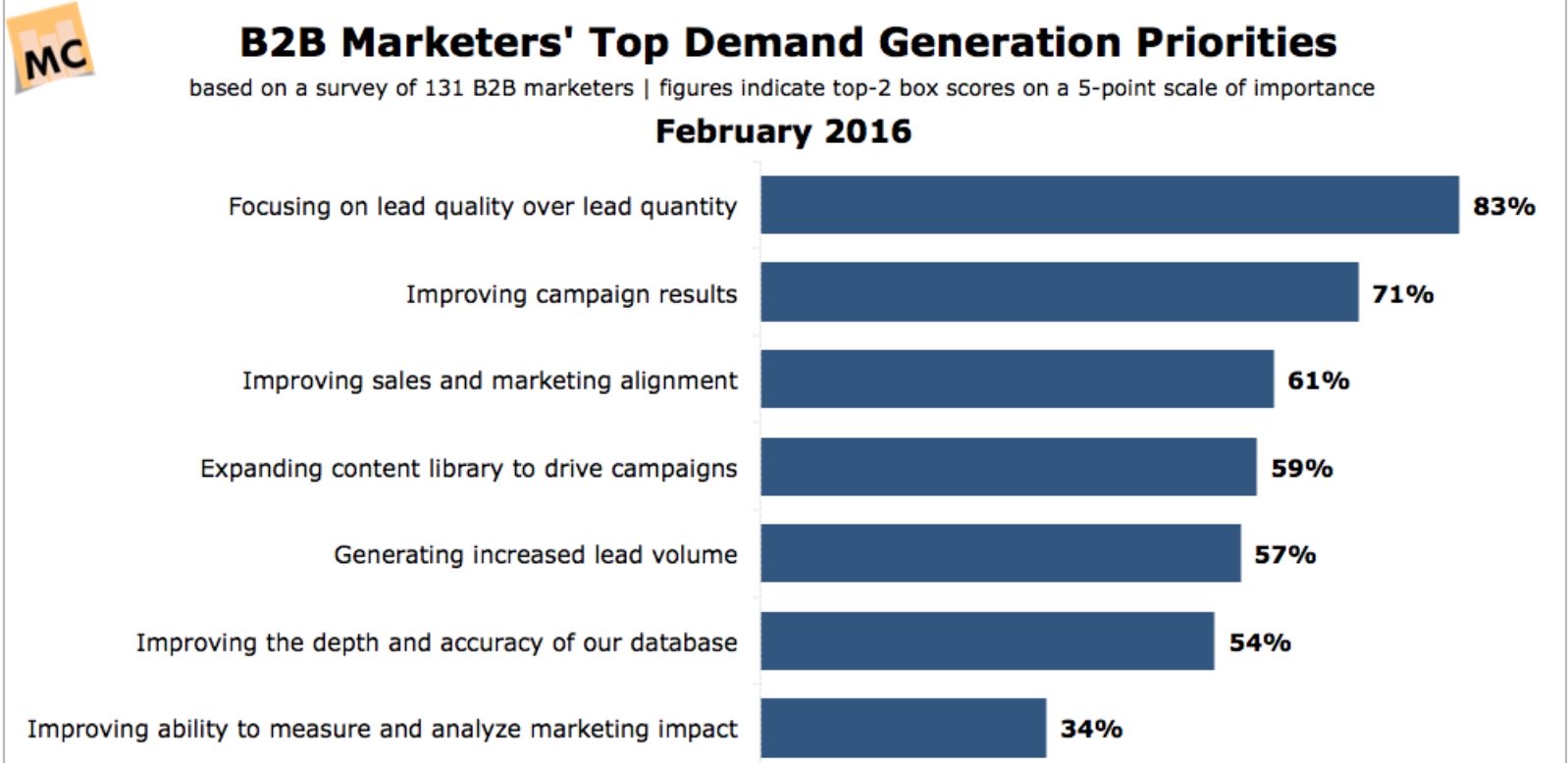
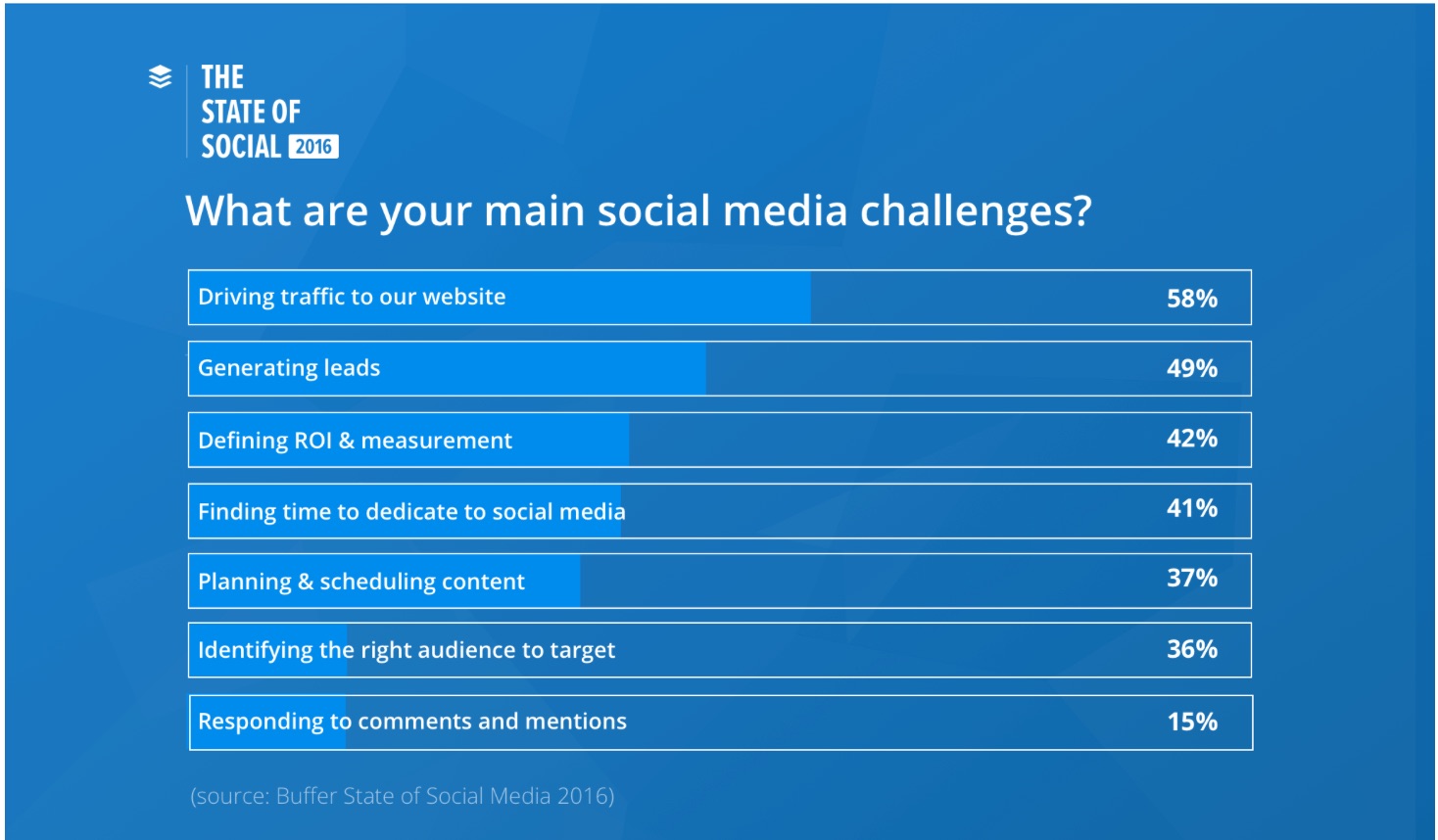
Comments (0)